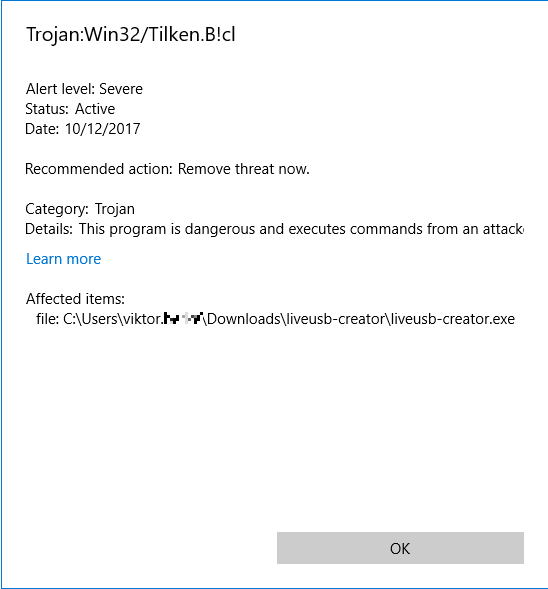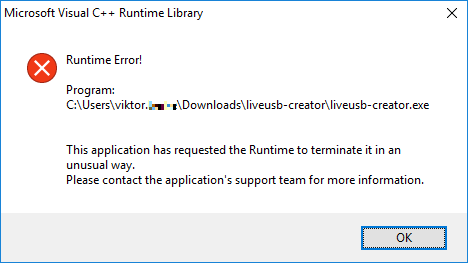For UEFI all you need is the installer files and the boot loader stuff under the /efi folder, right? Well, RHEL doesn’t seem to like it that way.
[ 204.910407] localhost dracut-initqueue[1127]: Warning: dracut-initqueue timeout - starting timeout scripts
[ 205.429544] localhost dracut-initqueue[1127]: Warning: dracut-initqueue timeout - starting timeout scripts
[ 205.948248] localhost dracut-initqueue[1127]: Warning: dracut-initqueue timeout - starting timeout scripts
[ 206.466758] localhost dracut-initqueue[1127]: Warning: dracut-initqueue timeout - starting timeout scripts
[ 206.985468] localhost dracut-initqueue[1127]: Warning: dracut-initqueue timeout - starting timeout scripts
[ 207.504451] localhost dracut-initqueue[1127]: Warning: dracut-initqueue timeout - starting timeout scripts
[ 207.506530] localhost dracut-initqueue[1127]: Warning: Could not boot.
[ 207.801528] localhost systemd[1]: Received SIGRTMIN+20 from PID 1128 (plymouthd).
[ 207.804531] localhost dracut-initqueue[1127]: Warning: /dev/root does not exist
[ 207.812932] localhost systemd[1]: Starting Dracut Emergency Shell...
[ 207.838198] localhost systemd[1]: Received SIGRTMIN+21 from PID 1128 (plymouthd).
If you mount the ISO with IPMI ISO redirect, it boots just fine so it must be the USB stick. Then you stumble upon Red Hat’s Making Installation USB Media guide and are told you should use the Fedora Media Writer. You download it, and then you get the Windows Defender warning in your face:

Cool. You restore it from the quarantine, then it actually gets worse:

Umm. Cool. Then you find a bug ticket about it and figure out you might as well get it from the official repo.
Thanks for wasting my time :]